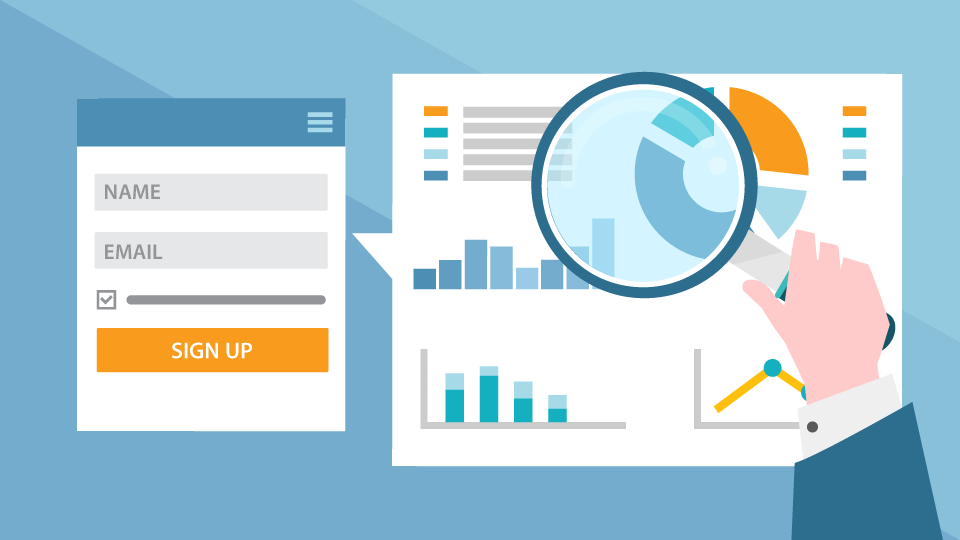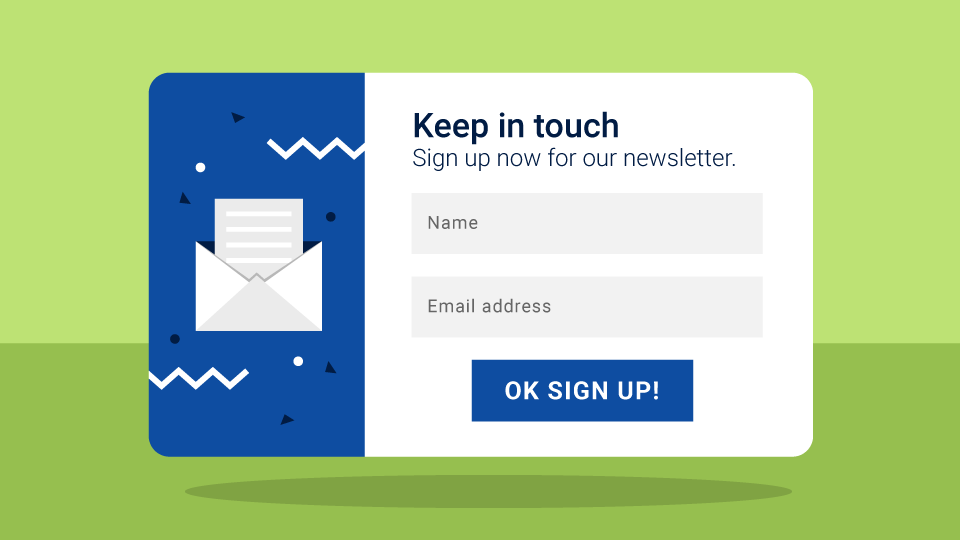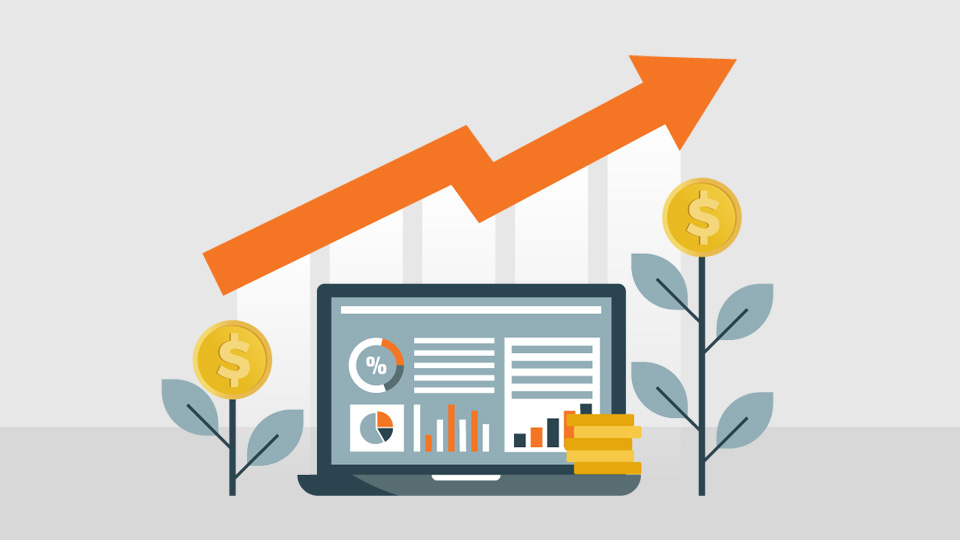How can I prevent my emails from ending up in spam?
We’ve already provided tips for writing effective newsletter subject lines. In this post we explain the words you need to avoid so that you don’t trigger the anti-spam filters of email clients.
This list is not meant to include all “taboo” expressions so you’ll still have to be careful. Once the IP address from which you send your newsletters is compromised, no one can help you restore its reputation. You can find out more in “Email Marketing and SPAM – Reputation is (Almost) Everything”.
Rule Number 1: Don’t Screw up the Email Personalization
Let’s start with some advice: do not insert a custom field in the newsletter subject if it is not available for all the mailing list’s contacts. You don’t want to leave spaces where the custom field should be.
Similarly, the field must be exact. A person who has registered with a nickname or made a typo might not want to receive an email with that nickname (or wrong name) in the subject line.
What to Avoid
Particular attention should be paid to words and expressions related to offers, gifts and discounts such as:
- Free
- Only for (€€€)
- Free loan
- Gift
- Money back guarantee
- Call free
That doesn’t mean that your email subject line can never talk about sales. On the contrary, an offer like “buy one, get two” can work in the appropriate context. The same is true of phrases like “discounts”, “offers”, and “promotions”. “Summer sales have begun” will work fine. “Get a free gift” though is more likely to get marked as spam.
Words and expressions that involve money exchanges, medicine purchases, or intimate encounters are also very risky. For example:
- Buy now
- Order now
- Credit
- Gain
- Get to know partners
- Lose weight immediately
- Viagra / Xanax etc.
Thirdly, never rely on words and expressions that push on the sense of urgency. The most common are:
- Just for today
- Hurry up
- Click now
- What are you waiting for?
Superlatives and similar expressions should also be avoided:
- Perfect
- Wonderful
- Essential
- Safest
- Guaranteed
“But… I never use these words and my emails still get blocked”
The spam filter meshes are very narrow. Their goal is to crush spam but they’re not 100% accurate. Sometimes, legitimate emails also end up in the spam folder.
But reader involvement does play an important role in email delivery rates. The providers take the history of recipients’ behavior into consideration when they screen incoming messages. If subscribers read your emails frequently, those emails are less likely to end up in spam.
On the other hand, if your contact list contains many email accounts that haven’t been used for a long time, your delivery rate is likely to fall.
8 Tips for Better Delivery Rates
A few common sense rules can help to make sure that your delivery rates stay high and your emails reach your subscribers:
- Don’t spoil your IP address reputation. Even a single email could harm your reputation and decrease your delivery rate;
- Get permission from contacts before sending emails. That’s not as hard as it sounds. Creating and using registration forms is easy, and social networks have some great tools too;
- Create engaging, newsletter content. Put in the effort to make your content interesting so that the actions of your recipients keep you safe;
- Make your emails recognizable and unique with the customization possibilities offered by Emailchef;
- Keep contact lists clean. Remove inactive and bouncing email addresses;
- Avoid deceptive newsletter subjects and subject lines that aren’t related to the content of the message;
- Always include the unsubscribe link in the email footer;
- Make sure that the newsletter is responsive on various devices, does not contain unusual or unreadable fonts, that the images are optimized, that the HTML code of the message is “clean,” and that the email is never composed of a single image (even “Best Wishes” postcards).
Finally, to stop legitimate emails ending up in spam anyway, contact the recipients directly and ask them to remove your newsletters from the spam folder.







